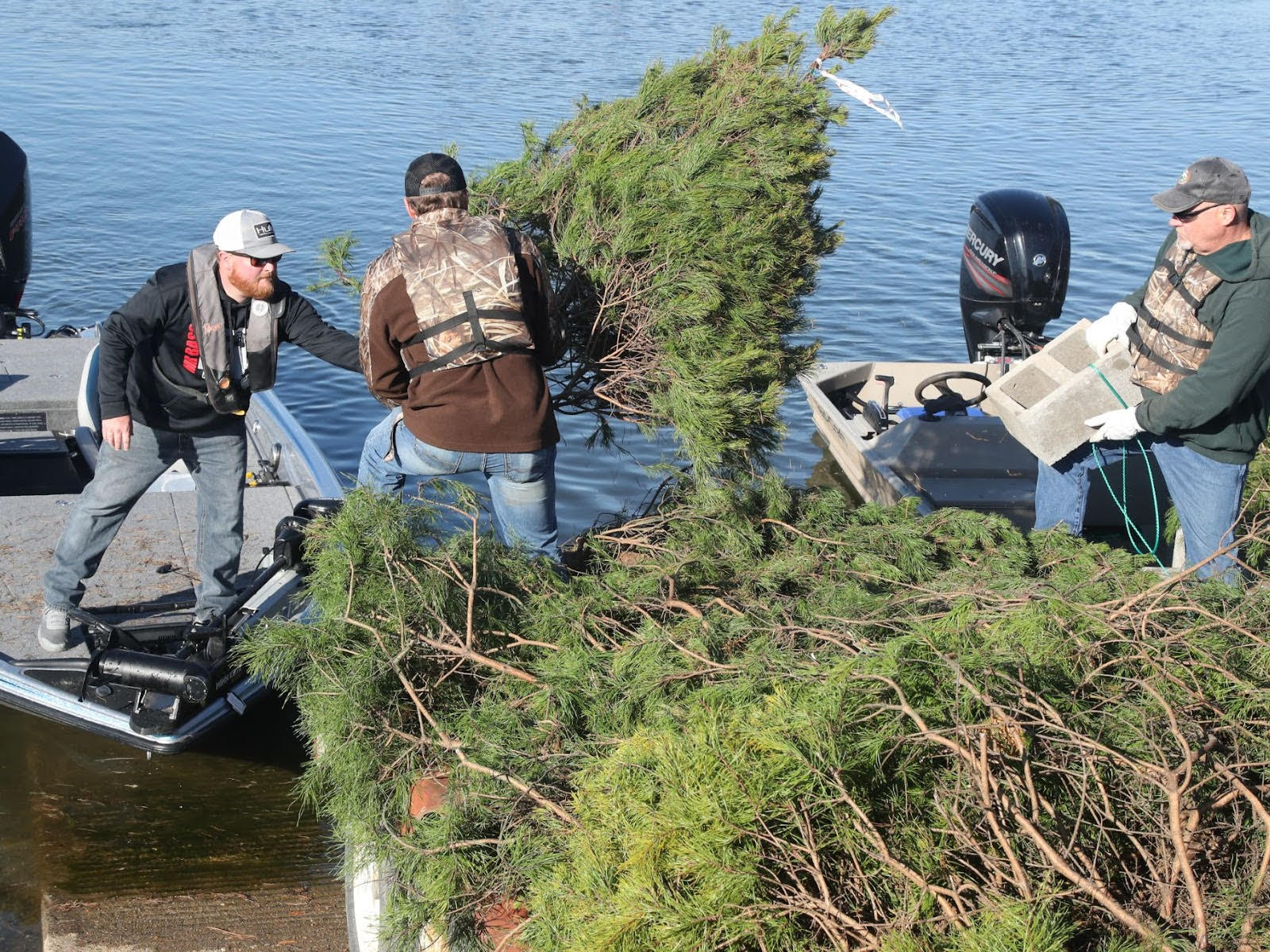Forest management and recovery work beginning in Bayou Meto
ON 07-27-2022
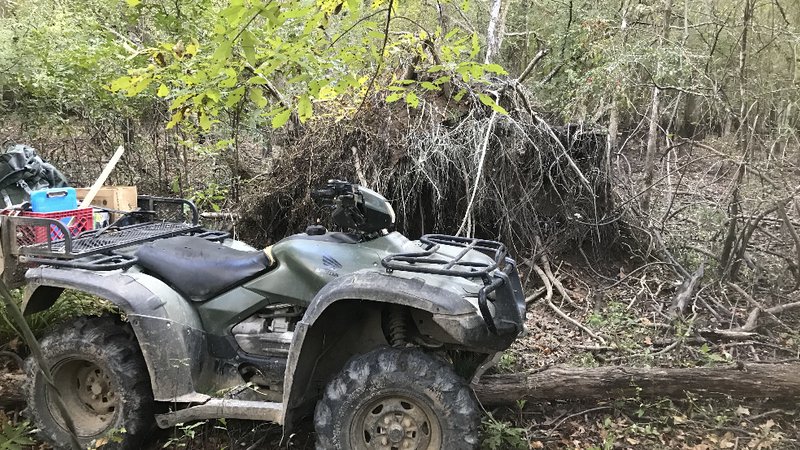
July 27, 2022
Randy Zellers
Assistant Chief of Communications
Contractors with the Arkansas Game and Fish Commission will begin the first stage of forest management and recovery on George H. Dunklin Bayou Meto Wildlife Management Area in Arkansas County this week, thanks in part to abnormally dry conditions this summer.
Plans for this summer’s forest management were presented to the public in a series of meetings last fall in addition to the announcement of water management changes throughout the WMA. Both efforts are necessary to restore the valuable red oaks that provide food for mallards and other wildlife in the famous flooded timber of Bayou Meto.
“The new water-management of Bayou Meto WMA at lower elevations implemented last year was the first step in this process, and these dry conditions have allowed us to move forward with the much needed management actions to rebuild these systems and retain the excellent duck hunting Arkansans deserve for future generations,” AGFC Director Austin Booth said.
Contractors will work on 2,872 acres of bottomland hardwoods within the Upper Vallier and Government Cypress portions of the WMA, removing undesirable species of trees and sick and dying trees that have suffered from decades of constant flooding. The removal of these trees will enable the remaining healthy trees to produce acorns for wildlife as well as the next generation of forest.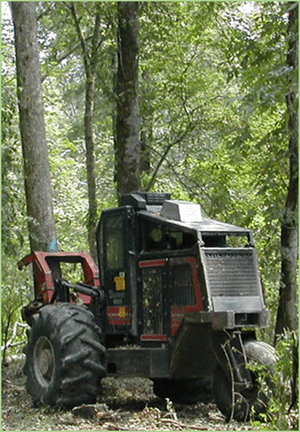
AGFC habitat coordinator Rob Willey, along with staff and contractors, worked throughout the summer and fall last year marking undesirable trees and trees in poor condition within Bayou Meto that need to be removed.
“This is one of the most extensive single-site forest management projects we’ve ever undertaken. The declining forest health is large-scale, so our management must be large-scale to be impactful.”
All forest management activities are being implemented above 178.5 feet mean sea level to correlate with the previously mentioned modifications to water management.
“These trees are on the way out,” Willey said. “We have to work to protect the healthy trees that remain to ensure that the red oak component continues in the future with improved water-management capabilities and practices that are being developed. There’s a new forest being developed, but it’s primarily overcup and elm, which don’t offer the same benefits to mallards as the red oaks we’re losing.”
According to Willey, much of the management will mimic the effects of windthrow currently occurring on the WMA due to red oaks with compromised root systems from prolonged flooding. However, managers will be able to choose less desirable species as well as trees that already are past the point of recovery to enable the remaining healthy trees to grow with less competition. Managers also will try to work with existing damaged areas to open up the canopy to let more sunlight stimulate new red oaks on the forest floor.
“Regeneration gaps have been positioned to release already present red oak reproduction, or centered around existing red oak seed sources, and opportunistic expansion of existing gaps due primarily to red oak mortality,” Willey said.
In addition to removing dying trees and those in poor health, the thinning operation will remove overcup oaks and other tree species that have less value to waterfowl and other wildlife. Overcup oaks, which are more water tolerant, do not provide the same benefits to mallards as the willow oaks and Nuttall oaks managers are trying to preserve, so they will be removed to decrease shading on the forest floor and increase the potential for desirable species to flourish.
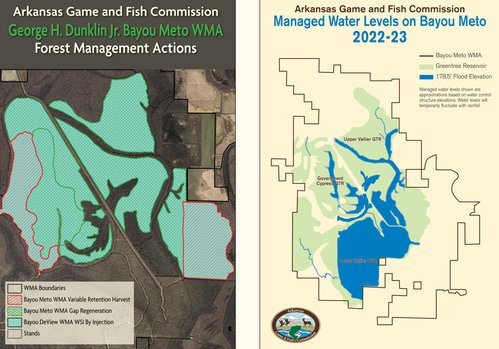
“About 75 percent of the trees marked for removal are overcup oaks,” Willey said. “The remaining species targeted for harvest include green ash, red maple, elms, hickories, sugarberry and sweetgum. The overcups are creating a closed canopy that shades out the red oak regeneration and the other species are adding to that competition for light and space by shading out red oak seedlings from the midstory.”
While removing these trees, contractors will remove any recently fallen willow oaks and Nuttall oaks that are salvageable as well as some red oaks where groups of desirable trees are competing with each other. Less than half of one percent of the trees marked for removal are red oaks.
Willey says the dry conditions also are allowing many forest improvement projects that had been postponed because of wet conditions during the last few years.
“In 2020, we were only able to complete 60 acres of harvest in our bottomland hardwood forests because of wet site conditions,” Willey said. “In 2021, we completed 1,076 acres in bottomland hardwoods. Even with the drought conditions there are still some bottomland hardwood forests we can’t operate in because of high water levels in the White River system. Henry Gray Hurricane Lake, for instance, is still too wet to work without causing excessive damage and rutting.”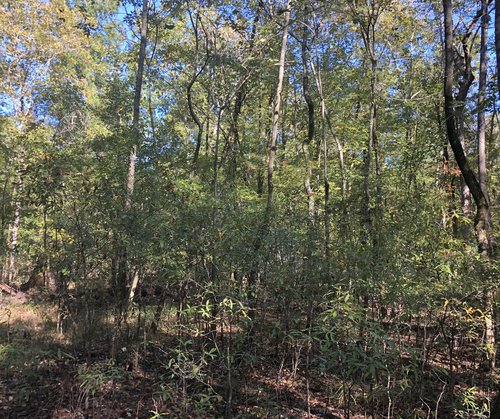
Other AGFC-owned WMAs seeing forest thinning and timber harvest operations this summer include Hope Upland WMA, Sulphur River WMA, Mike Freeze Wattensaw WMA, Holland Bottoms WMA and Big Lake WMA. The total combined area for all of these additional contracted efforts is 2,196 acres. If weather conditions allow, roughly 5,000 acres of the 380,000 acres under AGFC ownership will see harvest operations to benefit wildlife. During Fiscal Year 2022, the AGFC received $372,305 from forestry operations (0.4 percent of the agency’s revenue), all of which was redirected to improvements within the WMA system.
More information on the AGFC’s efforts to conserve, rebuild and restore greentree reservoirs throughout Arkansas can be found at www.agfc.com/gtr.
Click here for a list of typical forest management actions and wildlife benefits as well as their benefits to hunters.
Recent News
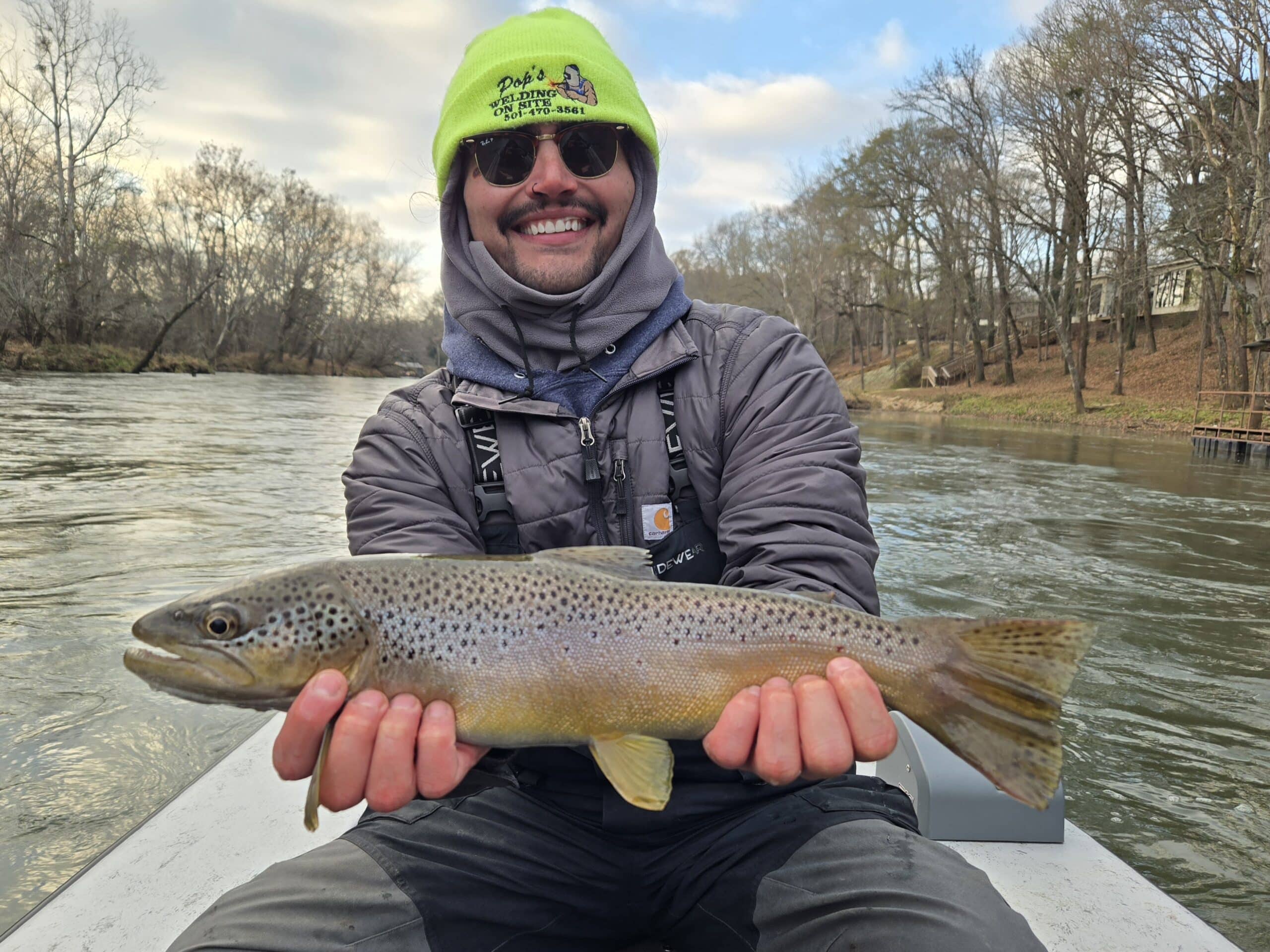
Arkansas Wildlife Weekly Fishing Report
Dec. 18, 2025
Subscribe to Our Weekly Newsletter E-mails
Don’t miss another issue. Sign up now to receive the AGFC Wildlife Weekly Newsletter in your mailbox every Wednesday afternoon (Waterfowl Reports are published weekly during waterfowl season and periodically outside the season). Fishing Reports arrive on Thursdays. Fill in the following fields and hit submit. Thanks, and welcome!

